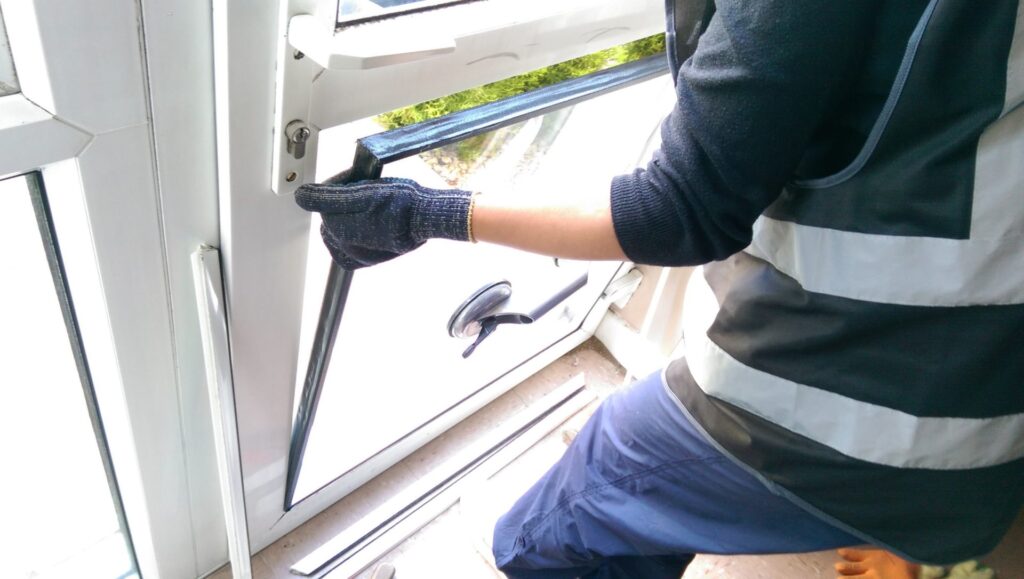
Window restoration is an art that combines craftsmanship, historic understanding, and modern techniques to revive old windows. Frequently found in historic homes and buildings, the restoration process not only maintains the architectural integrity of these structures but likewise improves their energy performance. With many property owners looking for sustainable services, window restoration is ending up being a significantly popular choice over replacement. This article explores what window restoration requires, its advantages, and the common strategies involved.
Window restoration describes the process of fixing and restoring the original condition of windows, particularly in historical structures. It differentiates itself from window replacement, where whole window units are removed and changed with new ones. Rather, restoration maintains the original products and style while fixing issues such as rot, drafts, and broken glass.
Assessment: The initial step involves an extensive assessment of the windows' condition. This consists of checking for rot, decay, and structural stability.
Disassembly: For reliable restoration, windows might need to be dismantled. This permits for a comprehensive evaluation and much easier access to all components.
Repairing Components: This phase focuses on repairing or replacing damaged parts, including sills, frames, sashes, and glass panes.
Reassembly: After repairs, the window elements are reassembled, ensuring they operate as originally developed.
Finishing Touches: Finally, the windows are painted or stained to match the historical aesthetic of the structure.
Preservation of Historical Value: Restoring windows keeps the original character of a structure, maintaining its historical significance and aesthetic appeal.
Energy Efficiency: Modern weatherstripping, caulking, and glazing strategies can substantially improve energy efficiency without jeopardizing the initial design.
Cost-Effectiveness: Restoration can be cheaper than full window replacement and can increase the value of the home.
Environmental Impact: By choosing restoration over replacement, property owners can lower waste and the need for new materials, leading to a more sustainable method.
| Method | Description |
|---|---|
| Sash Repair | Fixing the movable parts of double-hung windows. |
| Glazing | Changing old putty and reglazing glass for better insulation. |
| Weatherstripping | Installing or updating weatherstripping to reduce air leakages. |
| Rot Repair | Utilizing epoxy or replacement methods for decayed wood. |
| Painting/Staining | Bring back the initial surface or using brand-new protective finishings. |
The tools and materials needed for window restoration might differ depending on the particular nature of the task, but typical items consist of:
After effectively restoring windows, continuous maintenance is crucial to guarantee their durability. Here are some maintenance pointers:
Typical indications consist of trouble opening and closing, noticeable rot or decay, drafts, and inadequate insulation.
While some property owners successfully restore their windows, the complexity of certain repairs typically requires the abilities of a professional, specifically for historic buildings where preserving integrity is vital.
The timeframe can differ based upon the variety of windows and their condition. Generally, it might take a few days to numerous weeks to complete the restoration effectively.
While the cost can vary extensively, it tends to be less than a full window replacement. Elements affecting expense consist of the degree of repairs and the products utilized.
With contemporary methods, restored windows can attain equivalent energy effectiveness to brand-new ones, specifically when integrated with weatherstripping and appropriate glazing techniques.
Window restoration acts as an important procedure not just for maintaining the historic charm of structures however likewise for enhancing their energy effectiveness. By maintaining initial products and workmanship, house owners can delight in practical and aesthetically pleasing windows that tell a story of their own. Whether choosing for a DIY technique or working with specialists, understanding the nuances of window restoration can result in fruitful and sustainable outcomes, keeping history alive for generations to come.

No Data Found!

